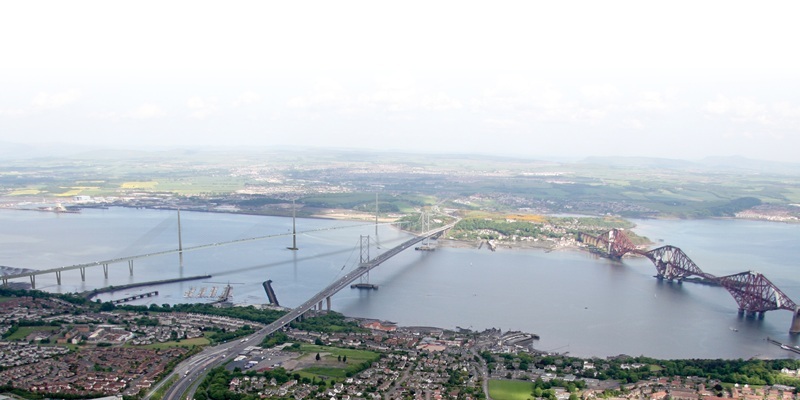First Minister Alex Salmond has urged the Westminster Government to follow his economic lead after Scotland posted better job figures than the rest of the UK.
He seized on figures from the Office for National Statistics on Wednesday that showed unemployment in Scotland fell by 3,000 between May and July, but increased by 80,000 in the UK as a whole.
Employment in Scotland rose by 23,000 in the same period, but fell by 69,000 across the UK.
However, there was some bad news for Scotland, with the number of people claiming Jobseeker”s Allowance (JSA) increasing to 145,700 a 1,200 rise in the space of a month.
Scots aged 18-24 were hit particularly hard, with the number claiming JSA rising by 10.6% from 41,900 to 46,300 over the last year.
Mr Salmond claimed Scotland”s fortunes were explained by the different economic strategy pursued by his administration compared to UK Chancellor George Osborne.
Christening the SNP approach “Plan MacB” in reference to an Aberdeenshire drinks manufacturer, he called for increased capital expenditure, improved access to finance for business and measures to boost consumer confidence.
Mr Salmond said: “Scotland is the only place in these islands the only nation, the only region, the only place where unemployment is falling. Therefore, there must be something distinctive happening which is not happening in economies elsewhere in these islands.
“Plan MacB has a great deal to recommend it.”
The First Minister claimed Scotland”s jobs success is largely down to his policy of spending money on big building projects like the new Forth Replacement Crossing.
He said: “Unemployment is 1% lower, employment significantly higher. In the past year, job creation in the private sector has been twice the rate of job losses in the public sector.’Danger'”I don”t want to see us blown off course by policies pursued by the UK Chancellor and there is a danger of that.”
Mr Salmond warned Scotland will be damaged if a 40% cut in funding for building projects is imposed by Westminster as planned.
He said: “When these infrastructure projects can be purchased at the cheapest in a generation, and the cheapest they will be for a generation, now is the time to invest.”
He added: “Look at the evidence and the evidence is now overwhelming. Plan MacB in Scotland should be applied across the UK.”
But Mr Salmond”s view was disputed by Scottish secretary Michael Moore, who insisted the UK Government was “taking the decisions that create jobs and opportunities”.
He said: “Our macroeconomic policy includes major measures to boost growth, with the creation of the most competitive business tax system in the developed world as we cut corporation tax progressively to the lowest rate in the G7.”
He insisted that abandoning the strategy of restricting public spending could “undermine” the recovery.
Scottish Labour finance spokesman Richard Baker said: “We welcome the increase in employment and fall in unemployment, but with the number of Scots on the dole increasing to its highest level in 13 years and youth unemployment soaring to its highest rate in over a decade, there can be no complacency from the SNP Government.”
